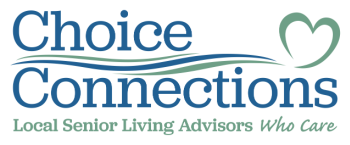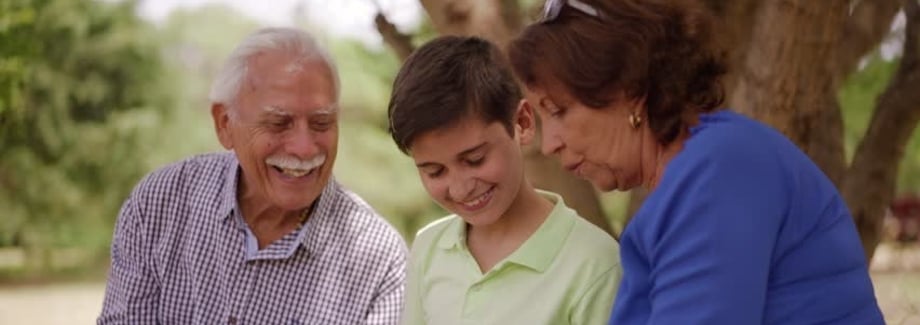By Chris and Laurie Kemp, CSAs
 Choice Connections just celebrated 10 years in the Twin Cities. We have looked back at what has changed over that time. Now let’s look forward 10 years at what might change in the future.
Choice Connections just celebrated 10 years in the Twin Cities. We have looked back at what has changed over that time. Now let’s look forward 10 years at what might change in the future.
Regulation
In May of 2019, Minnesota passed our first assisted living and memory care licensing law. Most of it will become effective in August of 2021. Each community will need to get a license by meeting specific requirements for both their assisted living and memory care. In addition, there will be a “new resident bill of rights” that each community must abide by. It will include such things as: using person-centered planning and service delivery; giving residents the ability to furnish and decorate their unit; permitting residents access to food at any time; giving residents the right to choose their visitors and the times of visits; giving residents the right to choose their roommate if sharing a unit; giving residents the right to have and use a lockable door to the resident’s unit. Many existing communities do these things already, but others will have to make some changes.
What Might They Look Like?
One of the trends that has started is the creation of multi-generational housing. This is a trend that is predicted to accelerate. In Minnesota we have seen more senior communities adding or partnering with child daycare and having the children interacting with the residents. They are finding great benefits for both. But true multi-generational housing would have young families and seniors living together in the same building along with organized ways of supporting each other. While this type of housing is cropping up around the country we have only seen one test of it so far in the Twin Cities.
Supporting The Next Stage Of Living
Another trend that we are seeing is that retirees are retiring from a career, then looking for what is next. It might be another career, or turning a hobby, like painting, into an income stream, or starting or working with a non-profit to give back to the community. These retirees will likely be looking for different kinds of support in their housing in addition to any physical support they may need.
What Will The Challenges Be?
We see two major challenges coming in the next 10 years. One is already here. That challenge is finding sufficient staff to do the care work that needs to be done. Communities will need to find more people willing to do the work and will have to pay them more. This leads to the second challenge which is the cost of care. The majority of the retirees coming in the next 10 years do not have the resources to pay for assisted living for very long. This means they will look to Medical Assistance’s (Medicaid)- Elderly Waiver program to pay for needed services. This will greatly increase the budget needs of Medicare.
While we don’t know exactly what the future might bring, you can count on Choice Connections to help you understand what is available now to meet your family’s needs.

